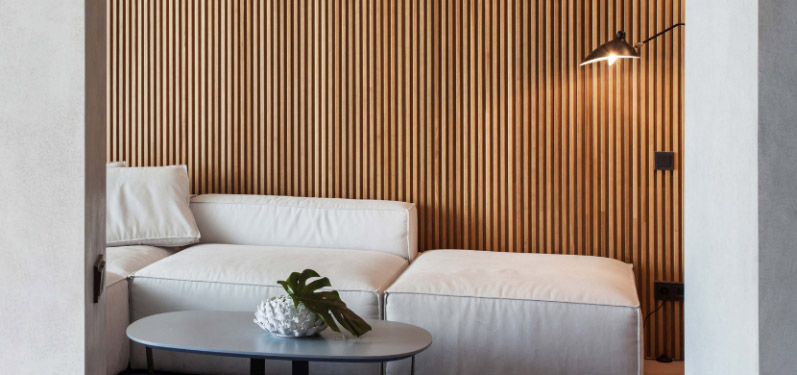How to Revamp Commercial Interiors with Wood Wall Panels
Revitalizing Aged Wood Wall Panels When revitalizing a commercial space with worn-out wall panels or embarking on your next project featuring a distinctive peel on the edge of its surroundings, you can easily breathe new life by changing them with modern wall panels made of PET felt materials characterized by wood-like panels and hues […]
How to Revamp Commercial Interiors with Wood Wall Panels Read More »
Revitalizing Aged Wood Wall Panels When revitalizing a commercial space with worn-out wall panels or embarking on your next project featuring a distinctive peel on the edge of its surroundings, you can easily breathe new life by changing them with modern wall panels made of PET felt materials characterized by wood-like panels and hues










